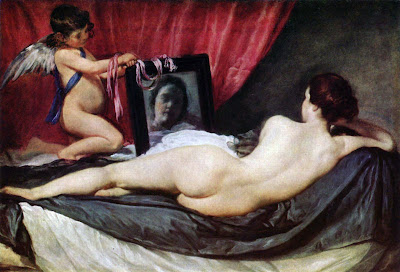 I do apologize if my last post was a little sparce. The point of this exercise was for me to try to learn something about the paintings I like so that I may be able to use those characteristics to make my own work better. I simply statement that a painting has a characteristic isn’t as useful as it could be. So, for today’s work, I will be reviewing “Villa Torre Galli The Loggia”. I believe that the first time I saw this piece was in Washington DC (I could be wrong). What catch me attention was the warm “airy” feeling that this painting conveyed. So it made me wonder why that feeling was being expressed so powerfully. Upon further review, I have noticed that Sargent decided to use a warm light, warm shadow approach to this piece. Even though there are areas in shadow, those shadows tend to be hints of burnt umber and burnt siennas as well as yellow ochres and warm purples. These color choices project a feeling as though sunlight is illuminating even the shadowy corners and depths that might be located in this view. Using only small bits of cooler greens and browns strategically, Sargent has provided a warm, inviting view of this relaxing courtyard scene.
I do apologize if my last post was a little sparce. The point of this exercise was for me to try to learn something about the paintings I like so that I may be able to use those characteristics to make my own work better. I simply statement that a painting has a characteristic isn’t as useful as it could be. So, for today’s work, I will be reviewing “Villa Torre Galli The Loggia”. I believe that the first time I saw this piece was in Washington DC (I could be wrong). What catch me attention was the warm “airy” feeling that this painting conveyed. So it made me wonder why that feeling was being expressed so powerfully. Upon further review, I have noticed that Sargent decided to use a warm light, warm shadow approach to this piece. Even though there are areas in shadow, those shadows tend to be hints of burnt umber and burnt siennas as well as yellow ochres and warm purples. These color choices project a feeling as though sunlight is illuminating even the shadowy corners and depths that might be located in this view. Using only small bits of cooler greens and browns strategically, Sargent has provided a warm, inviting view of this relaxing courtyard scene.
I will need to think in the future about the feeling I wish to convey and whether color temperature of lights AND shadows can help me achieve it.






